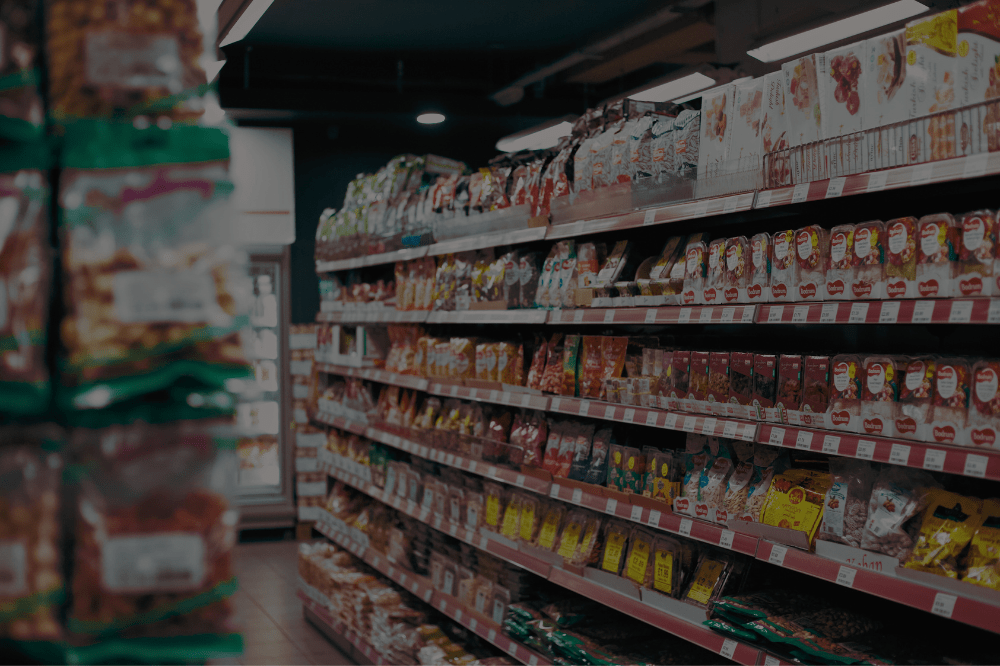Studies confirm that Canadians are dealing with shrinkflation and are paying more for less!
Many Canadians have long suspected that they are living a “shrinkflation”, meaning they are paying the same prices for smaller quantities of food at grocery stores. Recent research and media reports confirm that this suspicion is well-founded.
A new study by Community Researchers, a Toronto-based non-profit organization, reveals that Canadian manufacturers have been reducing the size of their products over the past five years. This has occurred despite ongoing monitoring and complaints from governments and consumer advocacy groups.
What Is Shrinkflation?
Shrinkflation is the practice of reducing the amount of a product while keeping its retail price the same. A study found that 20% of 60 products sold in major grocery stores – like Metro Inc., Walmart Inc., and Loblaw Cos. Ltd.’s No Frills – had decreased in size between 2019 and 2024. This means that one in five items in your shopping cart has likely been affected.
Sylvain Charlebois, director of the Agri-Food Analytics Lab at Dalhousie University, notes that this often leads to over-packaging, creating the illusion that products haven’t changed. However, for consumers, it feels like a hidden price increase.
Historically, manufacturers reduce product sizes to manage rising costs during inflation. So, researchers chose 2019 as the baseline to study shrinkflation over a five-year period, starting before the COVID-19 pandemic. After examining product sizes in 2019 and comparing this information to current packaging, they found that out of the 60 products analyzed across 20 categories, 12 had experienced shrinkflation.
“When you buy a shrinkflated product, you are likely buying an illusion and that illusion comes from over-packaging. So that’s really a concern that I have with shrinkflation, I mean are we overpackaging our food now because companies are obsessed with the idea of selling us an illusion, a mirage, that the product hasn’t changed at all”, said Sylvain Charlebois, director of the Agri-Food Analytics Lab at Dalhousie University.
Which Products Were Affected?
Some products, such as beverages, fruits, whole grains, and seafood, were not affected by shrinkflation. However, items like fruit pouches, frozen chicken bites, and chocolate biscuits were labeled as the “worst offenders” by Community Researchers.
Shrinkflation doesn’t just impact your favorite snacks. The top five product categories most affected by it include baby and toddler food, poultry, cooking oils, processed meats, and items with higher sugar and fat content. For example, since 2019, a fruit sauce pouch made by Gogo Squeeze has shrunk by 25%.
The Hidden “Snack Tax”
Charlebois also warns consumers about another tactic related to inflation: the “snack tax”. This isn’t a separate tax but a classification issue. Some food items, based on their size or packaging, are classified as “snacks” rather than “food“.
This distinction matters because “snacks” are subject to the Goods and Services Tax (GST) or Harmonized Sales Tax (HST), while most “food” items are not. As a result, consumers end up paying more for products that are classified as snacks due to the added tax.
“A lot of people don’t know that there are hundreds and hundreds of products that weren’t taxed before, that are now taxed because they are sold in smaller portions”, he noted.
Future Solutions
Despite several research projects funded by the Department of Innovation, Science, and Economic Development Canada (ISED), no concrete measures have yet been taken to alleviate the financial burden on consumers.
Earlier this year, the New Democratic Party tabled a bill in the House of Commons to establish a national framework for more transparent food pricing. This would include standardizing unit pricing and increasing public awareness of shrinkflation.
The federal government has also introduced a grocery code of conduct aimed at increasing transparency and fairness across the industry. This code, set to take effect on June 1, 2025, could help make food prices more accessible to the public and potentially impact overall pricing.

